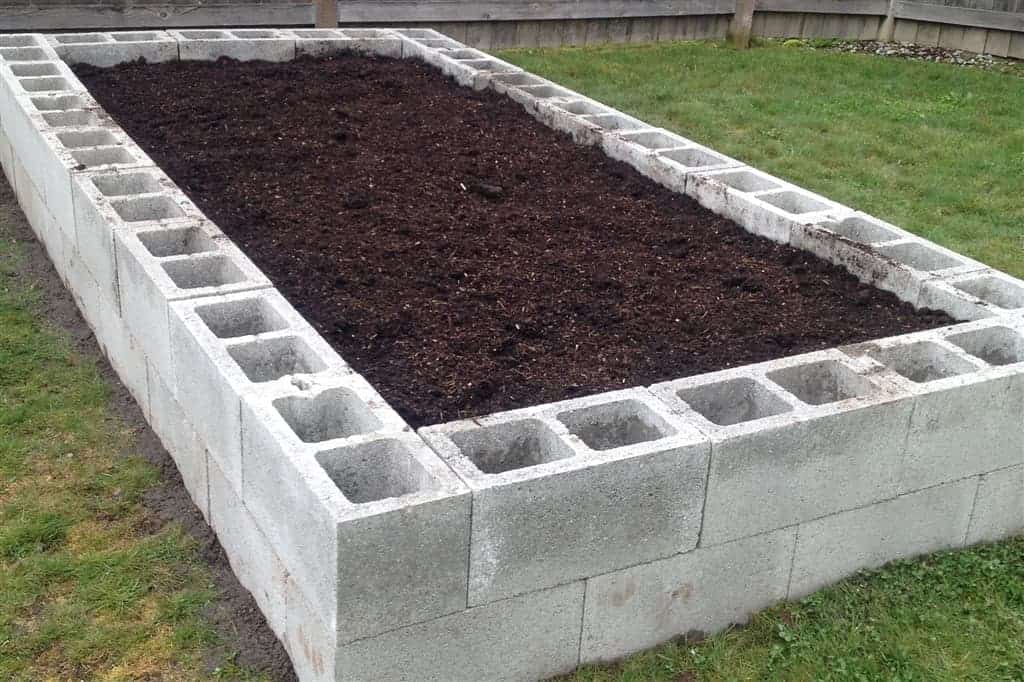
The Little Acre Raised Garden Bag
Most garden soils have a pH between 5.5 and 8.0. This number helps you determine when and how to adjust your garden soil’s pH level. If the pH level is below 6, the soil is too acidic, and you need to add ground limestone. If the measurement is above 7.5, the soil is too alkaline for most vegetables, and you need to add soil sulfur.
How would you like to grow a garden in bags – inside a kiddie pool? It sounds a little weird, but that’s exactly what Larry Hall of Brainerd, MN did, and it works incredibly well. Larry first experimented with growing vegetables in bags that were each set up in their own individual plastic tote for. Tips for your new raised garden beds. 15 inspirational ideas for raised garden beds you can build yourself at home. Reap the benefits of a raised garden bed with these easy-to-build examples that you have to try! The best way to start planting plants or vegetables with ease is to use plants grow bags. Using plants grow bags allow you to take.
In general, soils in climates with high rainfall — such as east of the Mississippi River (particularly east of the Appalachian Mountains) or in the Pacific Northwest — tend to be acidic. West of the Mississippi, where less rainfall occurs, soils are more alkaline. But regardless of where you live in the United States, you should easily be able to find the lime or sulfur that you need at your local garden center.
How much limestone or sulfur do you need?
All Cooperative Extension Service offices, any soil lab, and many lawn and garden centers have charts showing how much lime or sulfur to add to correct a pH imbalance. The charts tell you how many pounds of material to add per 1,000 square feet, so you need to measure the size of your vegetable garden first. Then use these tables to figure out how much lime or sulfur you need to add to your soil.
| pH | Number of Pounds for: | ||
|---|---|---|---|
| Sandy Soil | Loam Soil | Clay Soil | |
| 4.0–6.5 | 60 | 161 | 230 |
| 4.5–6.5 | 50 | 130 | 190 |
| 5.0–6.5 | 40 | 100 | 150 |
| 5.5–6.5 | 30 | 80 | 100 |
| 6.0–6.5 | 15 | 40 | 60 |
| pH | Number of Pounds for: | ||
|---|---|---|---|
| Sandy Soil | Loam Soil | Clay Soil | |
| 8.5–6.5 | 45 | 60 | 70 |
| 8.0–6.5 | 30 | 35 | 45 |
| 7.5–6.5 | 10 | 20 | 25 |
| 7.0–6.5 | 2 | 4 | 7 |
How to apply limestone or sulfur
The best way to apply sulfur and limestone to your soil is to use a drop spreader (the same machine you may use to apply lawn fertilizer). This simple machine doesn’t cost very much, and it helps you spread the material more evenly. Some nurseries may even loan you a spreader or allow you to rent one inexpensively. You also can spread these materials by hand if you’re careful and wear gloves. Casino tycoon 1 1992. No matter how you spread the materials, make sure that you work the soil well afterward.
Your soil uses limestone and sulfur most efficiently when it’s tilled into the soil to a depth of 4 to 6 inches.
Types of limestone and sulfur
You can purchase and apply different types of limestone to your soil. The type you use may depend on the type of nutrients your soil needs:
Dolomitic limestone contains magnesium, as well as calcium. Magnesium is one of the nutrients that a soil lab may test for, and even though it isn’t in the top three (nitrogen, phosphorus, and potassium), it’s as important as calcium for plant growth. Use dolomitic limestone to adjust the pH if your soil test shows that your soil is low in magnesium.
Pulverized limestone is the most common and inexpensive acid neutralizer. Use this limestone if you don’t need to add magnesium to your soil.
Pelletized pulverized limestone is a little more expensive than ordinary pulverized limestone, but it’s cleaner, less dusty, and easier to use than both dolomitic and powdered limestone.

Sulfur usually only comes in powdered form or mixed with other nutrients, such as ammonium sulfate and magnesium sulfate. Sulfur is also called flowers of sulfur, soil sulfur, and powdered sulfur. (Sulphur is the British spelling.)
